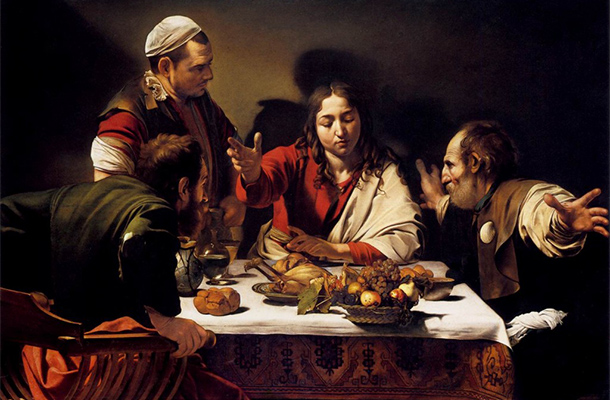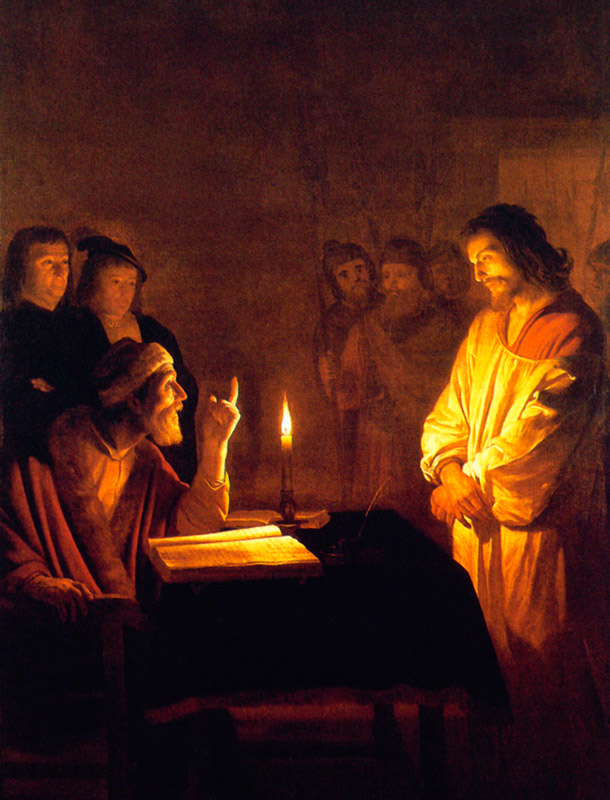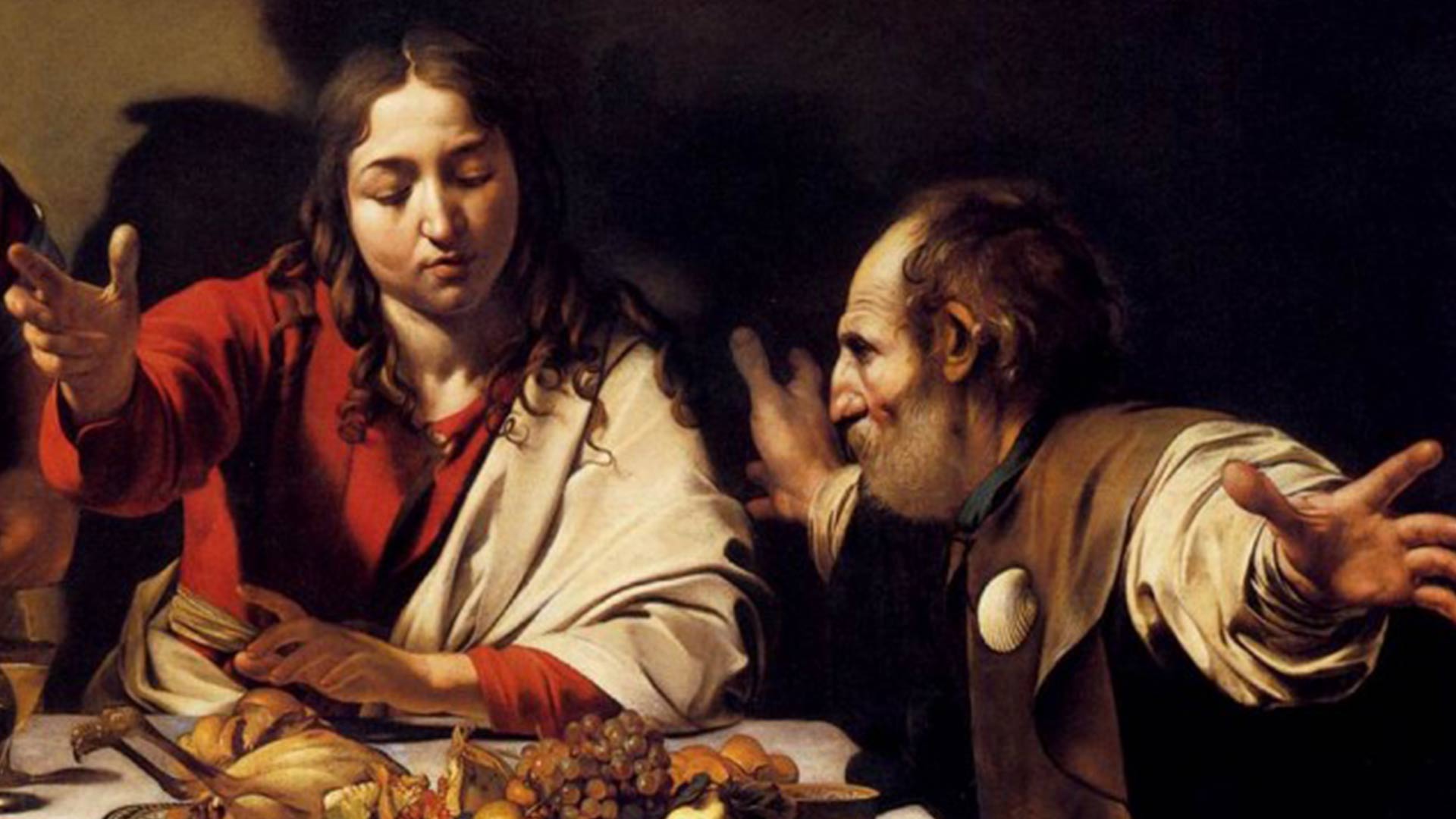Inspiration from "Beyond Caravaggio"
The exhibition “Beyond Caravaggio” finished up at the National Gallery last month, but before it did I made an effort to go along and see it. It was fantastic, but the main thing I took away from it was inspiration – seeing the works of Michelangelo Merisi da Caravaggio and specifically the “Chiaroscuro Style”. As a lighting designer, it made me think about how lighting was explored and used as a primary element in oil paintings in the 15th century and beyond.
Chiaroscuro is an Italian term referencing the contrast of light (chiar) and dark (oscuro) to model three-dimensional forms. It’s a style that originated during the Renaissance, and when you look at the pictures below, you’ll agree that the results are quite dramatic.
Light is used as a main source of illumination in the paintings, representing a “Holy figure” that lights up the whole masterpiece, or a simple source of “candlelight” or “fire”. The artists’ emphasis on light is conscious – shadows are played with to generate a spectacular effect. Light also gives a direction to create details and features, and gives the artworks their “three-dimensional” appearance – they make you feel like you could step inside.
One of the first artists to use this technique was Leonardo da Vinci, demonstrated in his painting “Lady from the Court of Milan”. Caravaggio, also an Italian painter, adopted the chiaroscuro style in his paintings in the 16th century (and went on to be very popular) – his work beautifully combines a realistic view of the human state – physical and emotional – with a dramatic use of lighting. After this, it became a primary technique for many painters, including: Adam de Coster, George de La Tour, Matthias Stom and Gerrit van Honthorst.
Caravaggio’s painting below portrays when the resurrected but incognito Jesus discloses himself to a couple of his disciples in Emmaus, after which he disappears from view. It’s a fine example of the influence of light and the “drama” it can add.

The Supper at Emmaus, By Caravaggio – 1601
In the two works below, both by Dutch painters, light appears to come from the left. The artists have cleverly used harsh and dramatic light to enhance and isolate the individuals, and highlight their emotional tension.

Old Woman and a Boy by Candlelight, By Matthias Stom – 1620s

Christ before the High Priest, by Gerrit van Honthorst – circa 1617
The first masterpiece by Matthias Stom, depicts an old woman and a young boy against a dark background. The woman holds the candle in her left hand and shields the flame with her right – both are focusing on the candle. Here, Stom has intelligently hidden the source of light, yet achieves the effect of an extensive gradation of light and darkness.
In the second painting by Gerrit van Honthorst, the burning candle is at the centre of the composition along with the arm and raised finger of the High Priest. The light source can be seen here and is used dramatically – highlighting the silence and intensity of the scene.
The artists discussed have cleverly used light sources in their paintings in differing ways, to create high contrast between lit and unlit areas. The pieces are full of intensity and drama, and the viewer (me especially) can’t help but be totally mesmerised.


